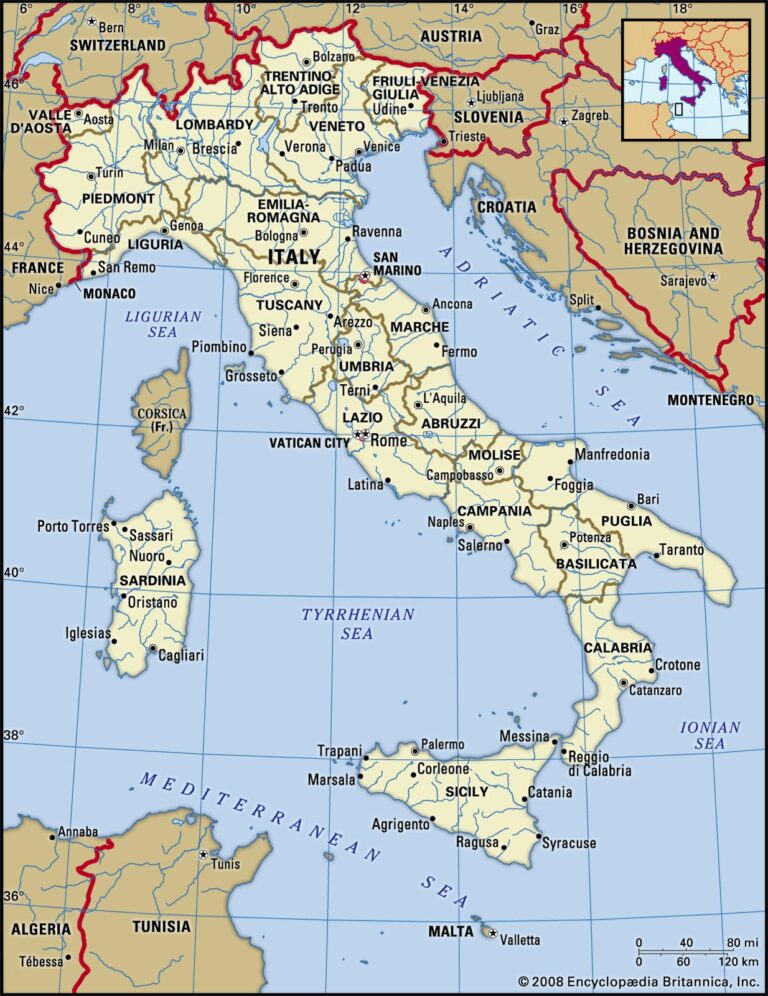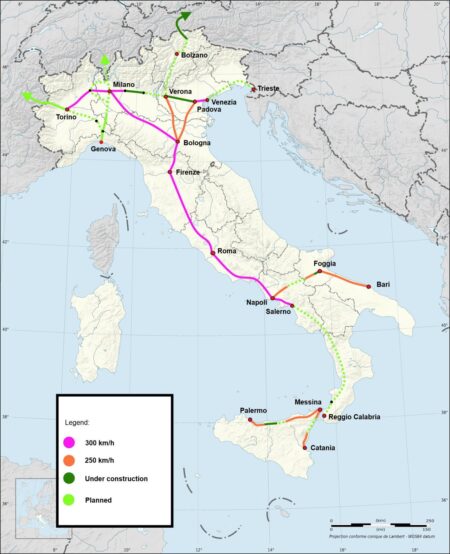Italy is turning its gaze eastward in a strategic move to invigorate its export sector and tap into burgeoning markets across Asia and the Middle East. As traditional European markets encounter saturation and economic uncertainties, Italian businesses and policymakers are increasingly focusing on forging new trade partnerships and expanding their footprint in dynamic eastern economies. This shift, highlighted in the latest report by Decode39, underscores Italy’s commitment to diversifying its export destinations and capitalizing on emerging opportunities to sustain economic growth.
Italy Targets Asian Markets to Revitalize Export Growth
In an ambitious move to invigorate its flagging export numbers, Italy is strategically expanding its commercial footprint across key Asian economies. By leveraging growing consumer demand in countries such as China, India, and Southeast Asian nations, Italian industries aim to tap into diverse and rapidly expanding markets. This approach is particularly significant given the challenges faced in traditional European and American markets, where saturation and trade tensions have slowed growth. Italian luxury goods, fashion, automotive components, and agri-food products are at the forefront of this push, promising high returns through tailored marketing and enhanced logistic partnerships.
Key factors driving Italy’s focus on Asia include:
- Rising middle-class populations with increased purchasing power
- A growing appetite for authentic Italian craftsmanship and quality
- Government-backed trade agreements facilitating smoother export channels
- Investment in digital platforms to boost e-commerce outreach
| Asian Market | Projected Export Growth (%) | Main Italian Exports |
|---|---|---|
| China | 15 | Luxury Fashion, Automotive Parts |
| India | 12 | Agri-food Products, Machinery |
| Vietnam | 10 | Furniture, Textiles |
| Indonesia | 9 | Wine, Leather Goods |
Analyzing Trade Opportunities and Challenges in East Asia
East Asia remains a dynamic hub for international trade, with countries like China, Japan, South Korea, and emerging markets such as Vietnam and Indonesia presenting a complex but lucrative landscape for Italian exporters. While the region offers substantial growth potential, businesses must navigate a matrix of regulatory frameworks, cultural nuances, and logistical challenges. Tariff adjustments under recent trade agreements and evolving digital infrastructure have reshaped how goods are exchanged, requiring Italian companies to adopt more agile, tech-savvy approaches to market entry and supply chain management.
Key opportunities include:
- Growing middle-class demand for luxury and high-quality Italian products
- Strategic ports facilitating smoother export-import flows
- Increased adoption of e-commerce platforms simplifying market access
| Country | Main Export Sector | Recent Trade Growth % | Key Challenge |
|---|---|---|---|
| China | Machinery & Fashion | 8.5% | Complex regulations |
| Japan | Automotive Components | 5.2% | High tech standards |
| Vietnam | Food & Beverage | 12.3% | Infrastructure gaps |
| South Korea | Luxury Goods | 6.7% | Competitive local brands |
To capitalize on these opportunities, Italian exporters must cultivate strong local partnerships and adapt product offerings to meet regional consumer preferences. The growing emphasis on sustainability and quality certification in East Asian markets also calls for enhanced transparency and compliance efforts from exporters. Ultimately, the most successful trade ventures will be those that blend Italy’s renowned craftsmanship with customized strategies tailored specifically to East Asia’s fast-evolving economic ecosystem.
Strategic Recommendations for Italian Businesses to Capitalize on Eastern Demand
Italian enterprises aiming to seize opportunities in burgeoning Eastern markets should prioritize strategic partnerships and localized product development. Building strong alliances with regional distributors and leveraging local insights can foster trust and streamline market entry. Additionally, adapting Italian offerings to align with specific consumer preferences, such as incorporating regional taste profiles or packaging adjustments, will be essential in resonating with Eastern buyers and standing out in competitive markets.
Key areas of focus include:
- Investing in digital platforms tailored to Eastern audiences for enhanced brand visibility
- Engaging in cultural exchange programs to deepen understanding of local business practices
- Establishing flexible supply chains that respond rapidly to fluctuating demand
- Collaborating on joint ventures to leverage shared expertise and reduce entry barriers
| Strategic Action | Expected Outcome |
|---|---|
| Localization of products and marketing | Higher consumer engagement and sales growth |
| Digital outreach via regional e-commerce | Expanded market share and brand presence |
| Strategic joint ventures | Risk mitigation and accelerated market penetration |
To Conclude
As Italy intensifies its outreach to Eastern markets, the move signals a strategic pivot aimed at revitalizing its export sectors amid shifting global trade dynamics. By forging deeper economic ties and exploring emerging opportunities across Asia, Italian businesses hope to secure sustained growth and diversify their international footprint. While challenges remain, the country’s eastward gaze reflects a broader ambition to position itself more prominently on the global stage in the years ahead.




